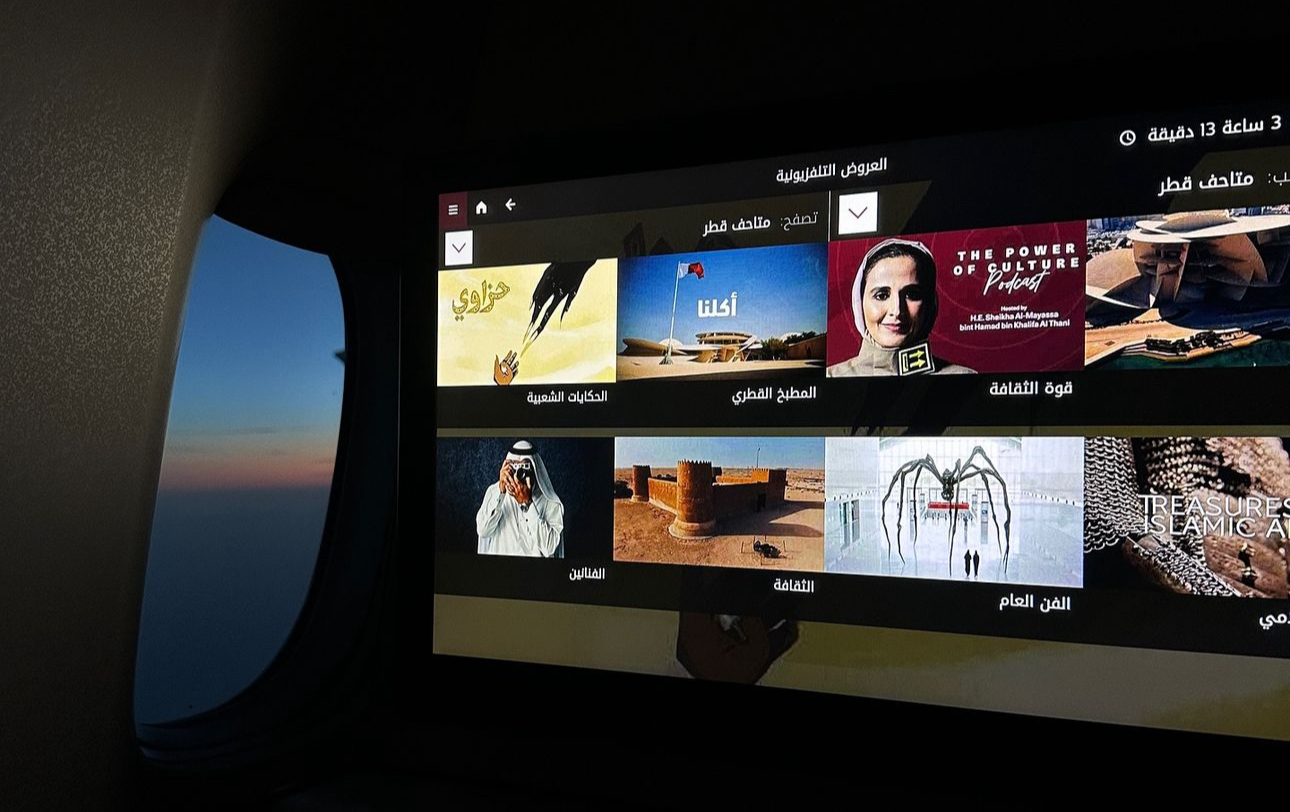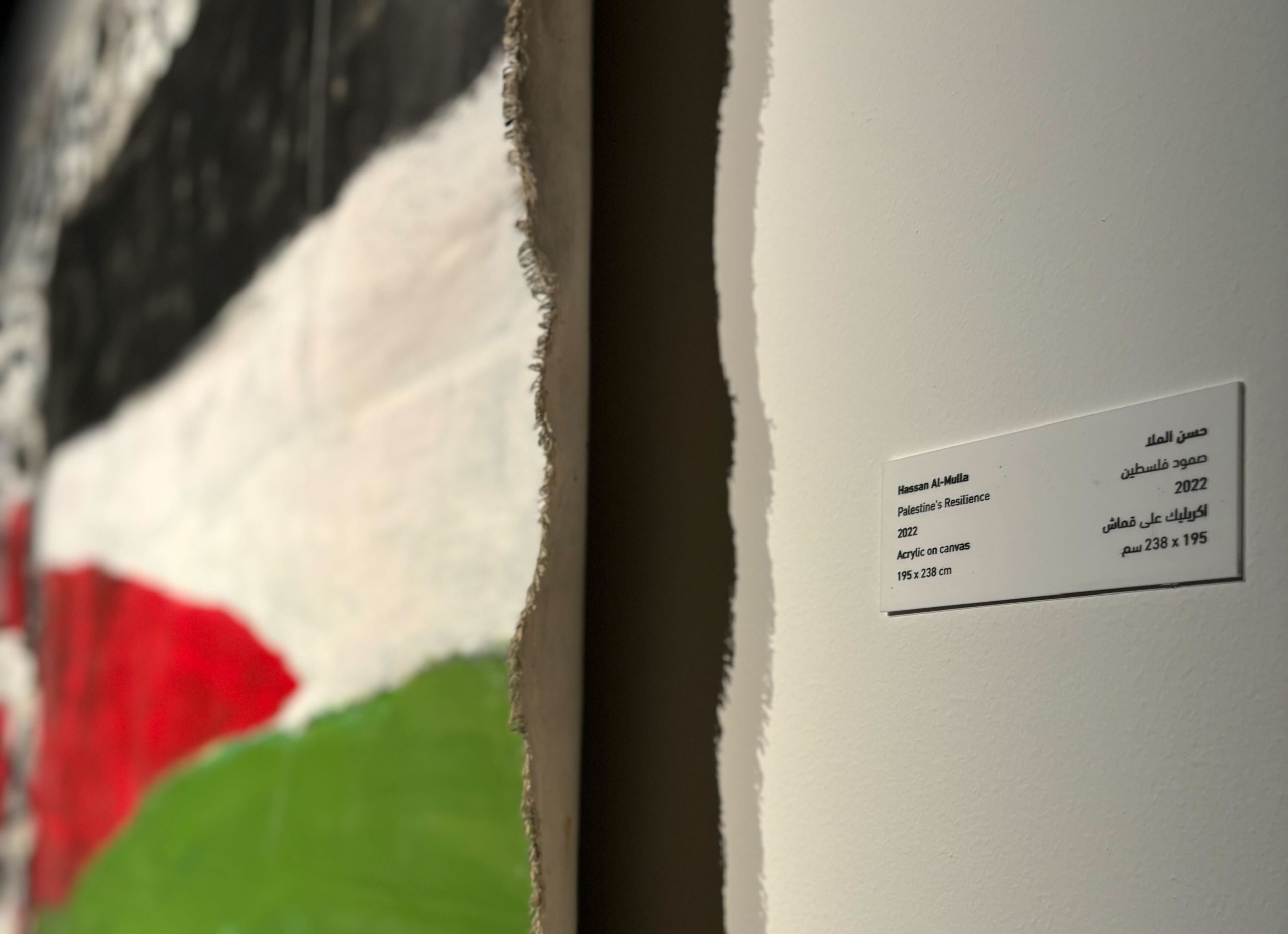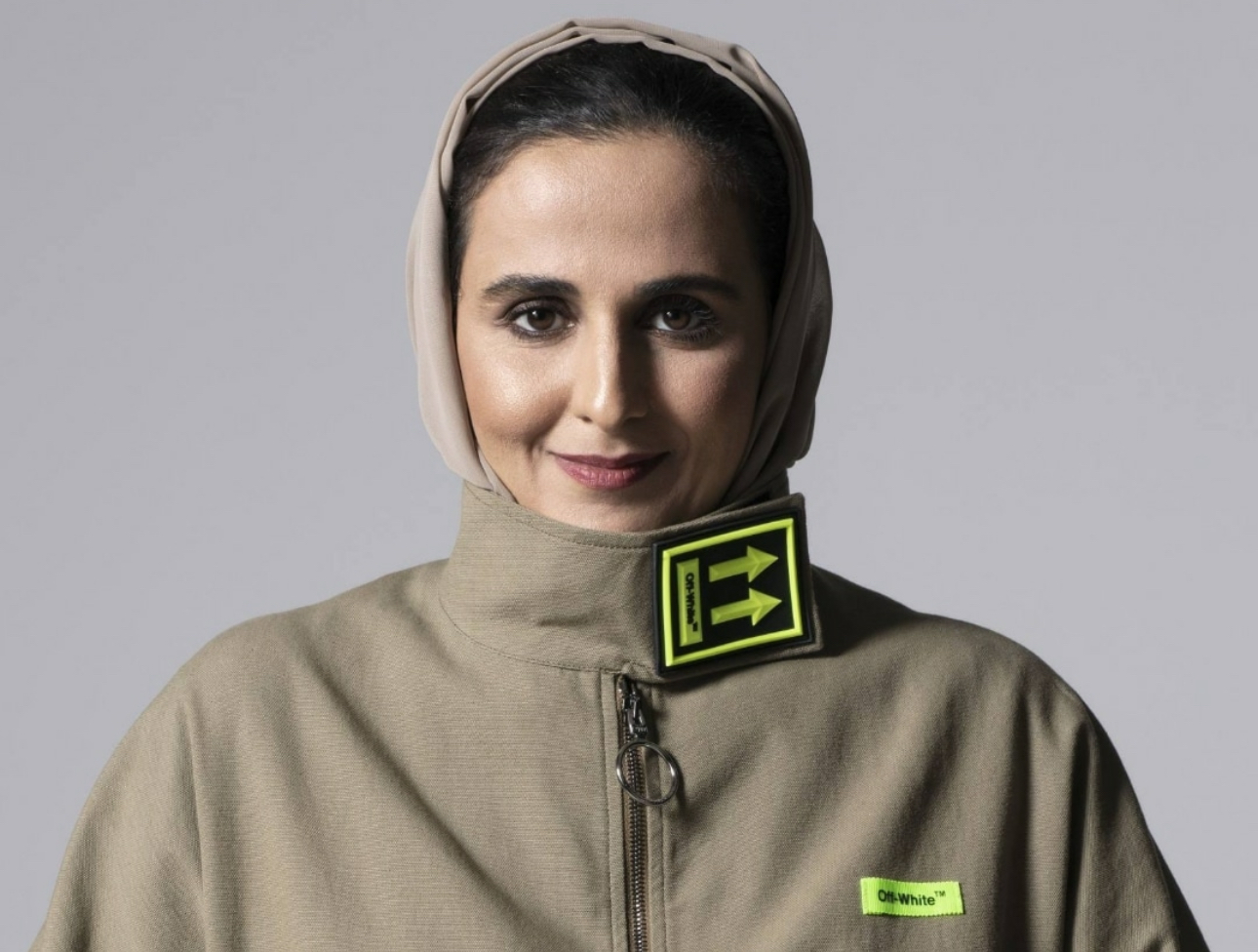
Six seismic sensors, spread out across Qatar to detect earthquakes and aftershocks, officially entered operation today to give local researchers a better idea of what’s happening beneath the country’s surface.
Speaking to reporters today, officials at Qatar’s Civil Aviation Authority – which oversees the meteorology department – said the major earthquake that struck Iran in April 2013 – and whose aftermath was felt here – illustrated the need for better monitoring equipment in this country.
At the time, local officials were relying on outdated equipment to understand the magnitude of the tremors that were rippling across the Gulf, including Qatar.
“From that day, we knew we needed to establish something seriously,” Mohammed Jabir Almarri, a government meteorology specialist, told Doha News. “We have to protect human life … There are also many, many important buildings that have to be protected.”
Qatar Seismic Network Project

This morning, dignitaries gathered at the Meteorology Department’s headquarters near Abu Hamour for the official launch of the Qatar Seismic Network Project. Scientists will prepare daily reports based on the vibrations detected by six sensors.
Almarri said there are plans to expand the network next year to add more than 20 monitoring stations in the West Bay / Dafna area and, further in the future, offshore sensors attached to buoys in the Gulf.
Upon detecting any serious seismic activity, the Meteorology Department would immediately contact Civil Defense, Almarri said.
“If there is an earthquake anywhere in the country, (we) can send some warnings to leave buildings.”
However, the data is also expected to be used to gain a better understanding of the seismic activity occurring in Qatar, which could help refine building standards here.
“The data is meant to be shared widely,” Almarri said. He suggested that architects could take an area’s seismic history into account when designing structures.
Risks in Qatar

There is a “generally low seismic hazard in the Arabian Peninsula,” despite its proximity to earthquake-prone regions in Iran and Pakistan, according to a 2008 paper published by a pair of London researchers.
The distance between Doha and major fault lines in the region means Qatar’s capital is even less likely to experience tremors than other Gulf cities such as Muscat.
Nevertheless, the pair of earthquakes felt in 2013 prompted a re-evaluation of building codes across the region that were expected to be completed by the end of this year.
Additionally, local utility Kahramaa previously issued a set of guidelines on how residents should respond during an earthquake.
Individuals who are indoors should stay inside and take cover under a table or desk. Those who are outside should move away from tall buildings to avoid being struck by falling glass or debris.
Thoughts?







